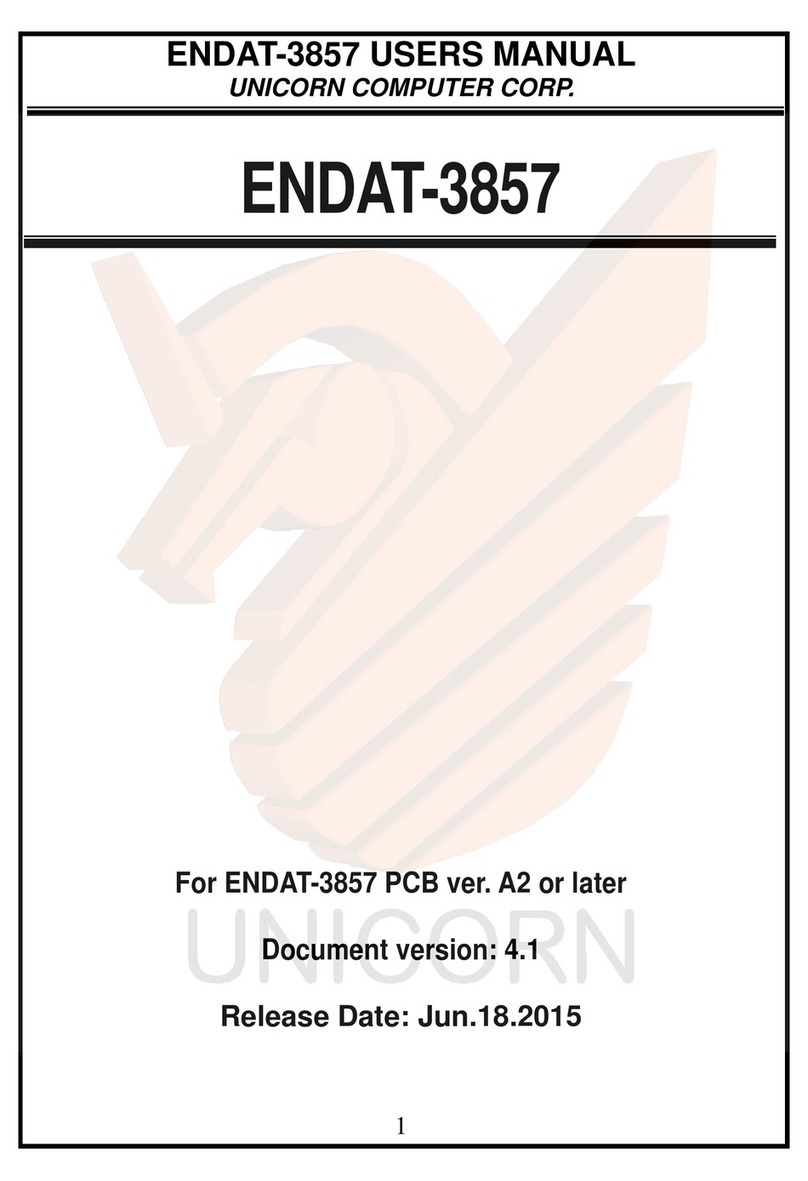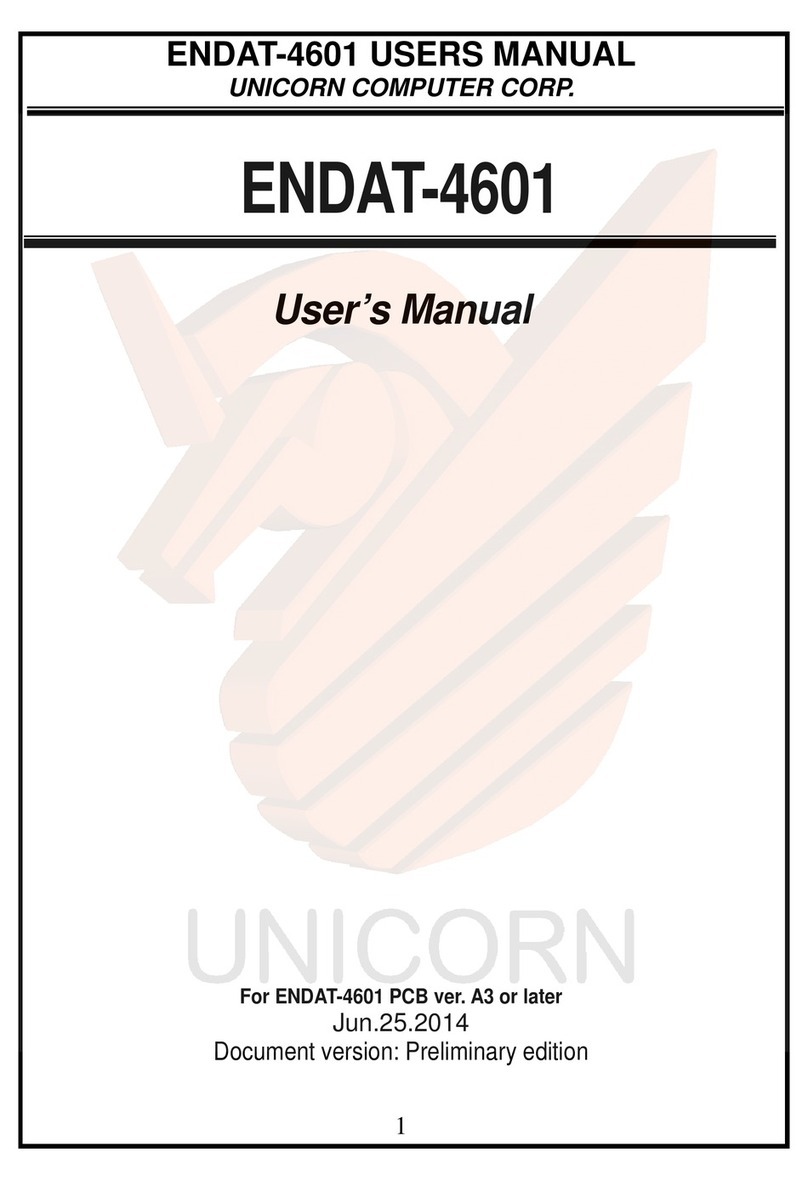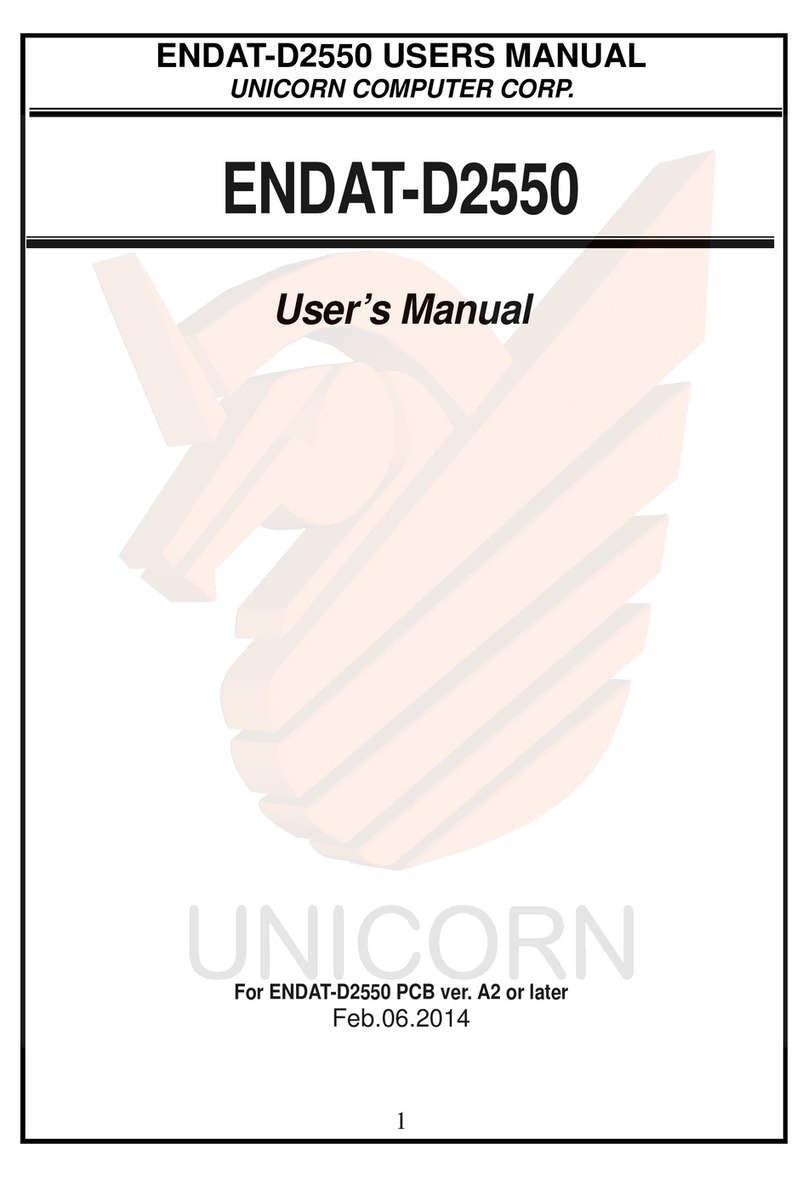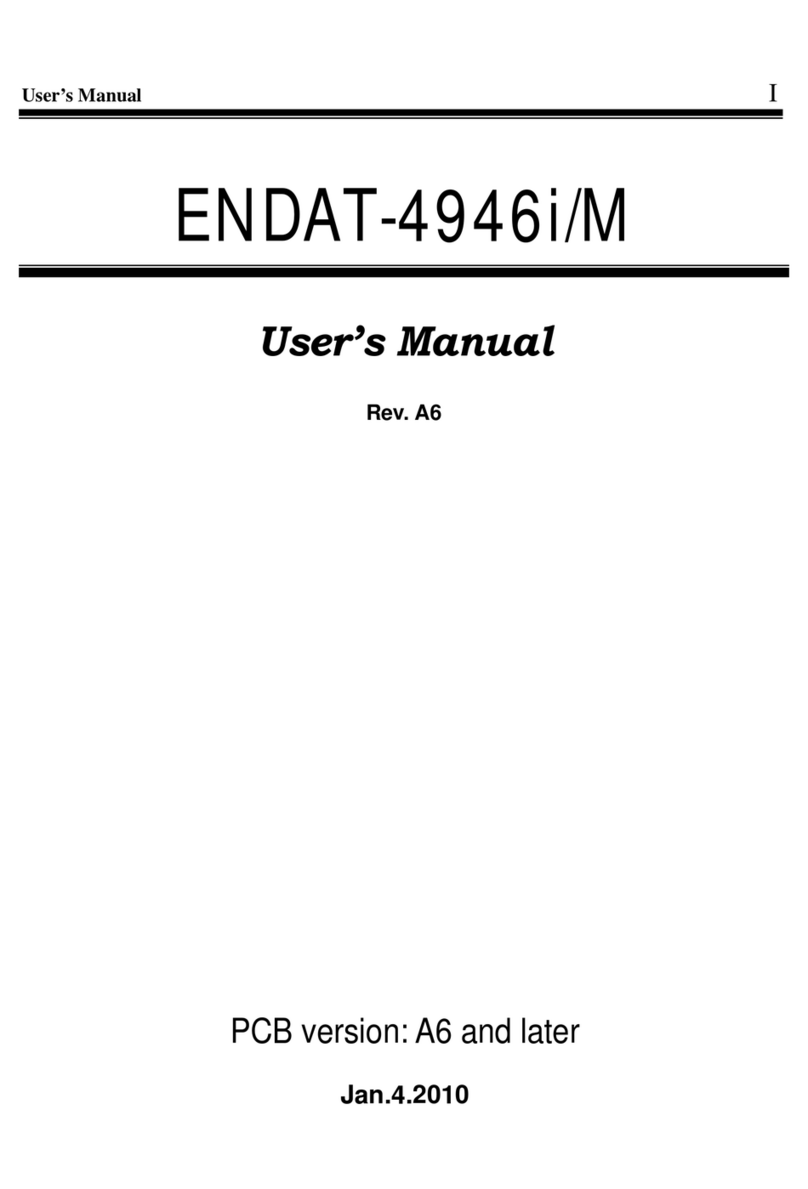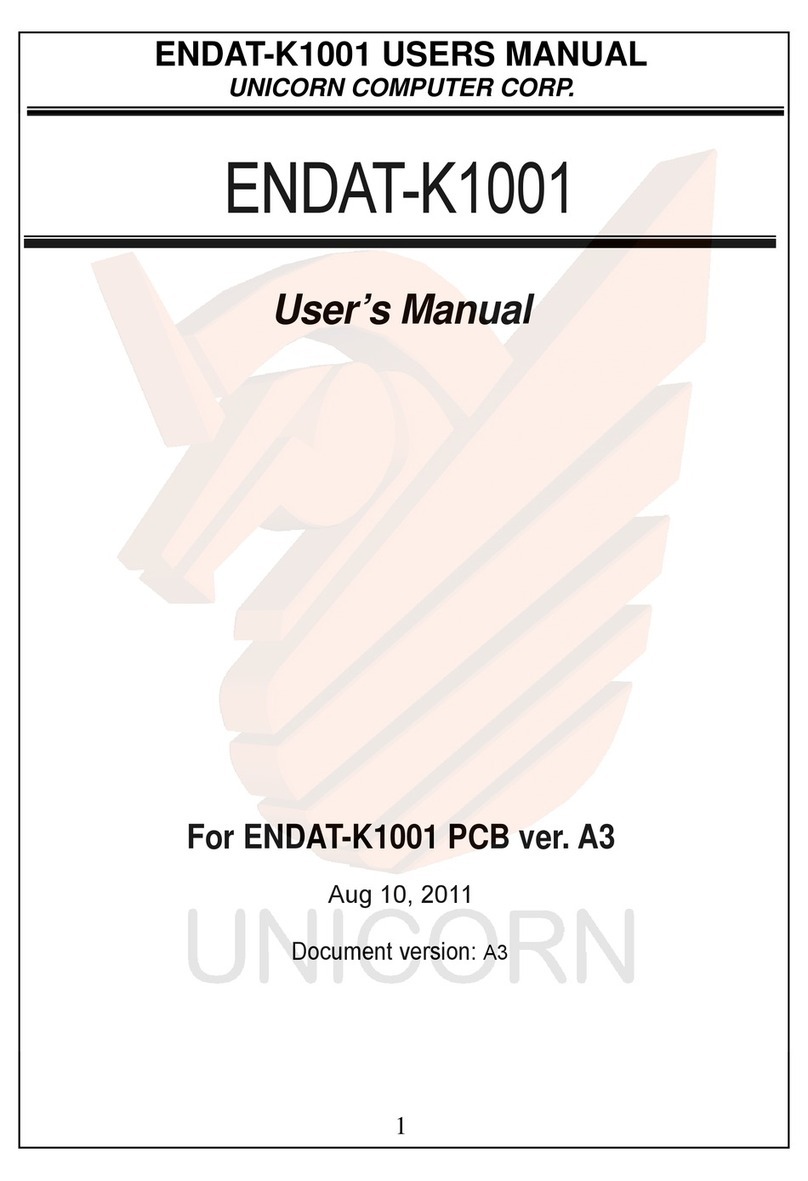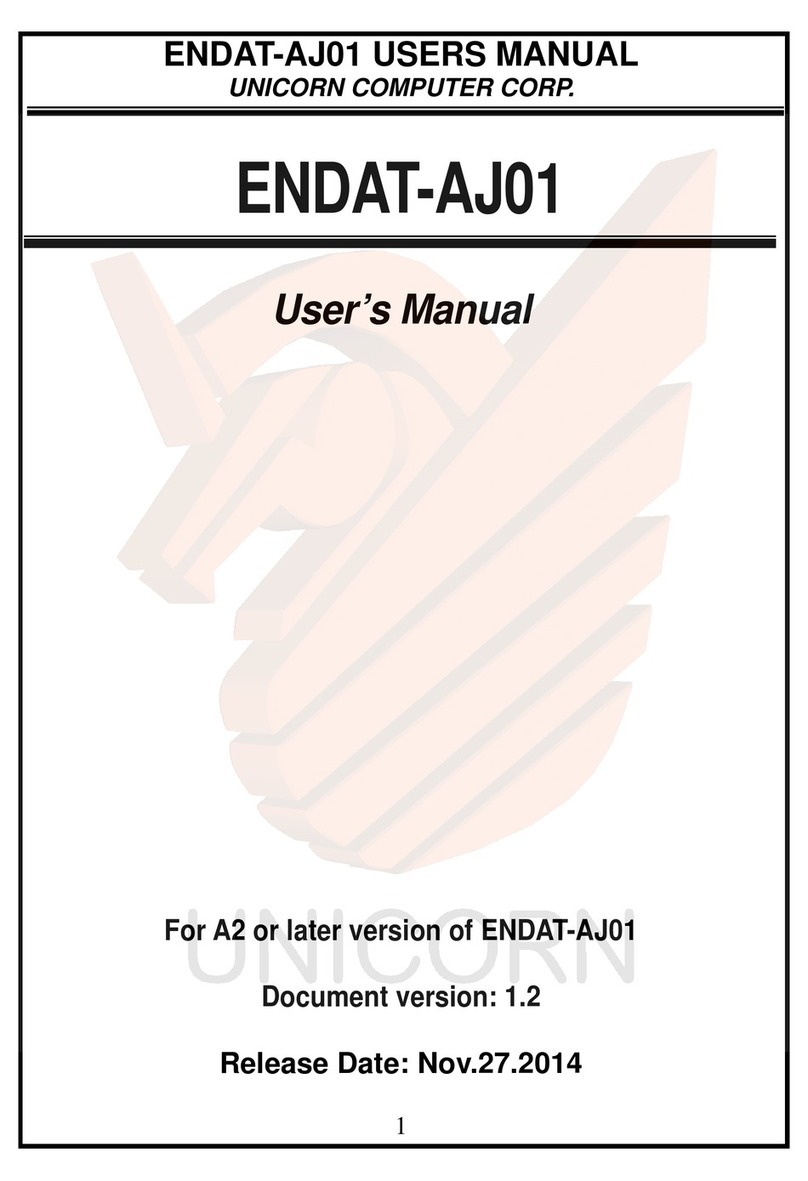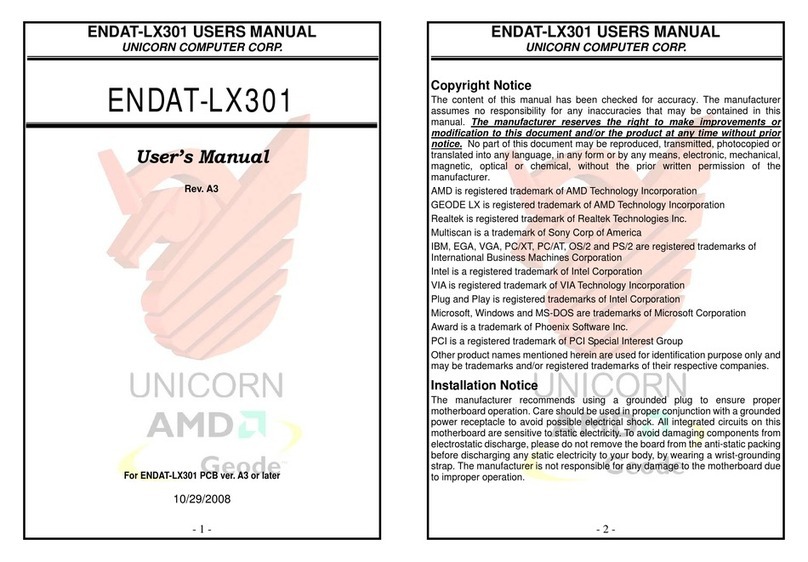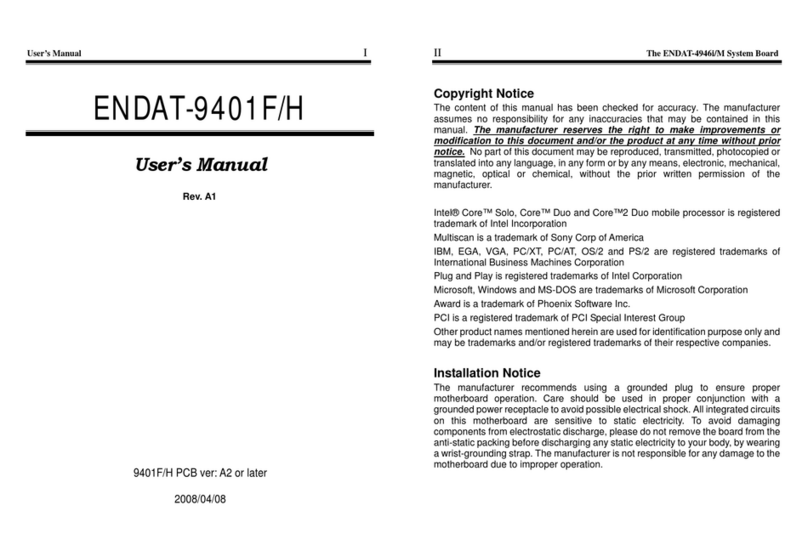
Chapter 1. Introduction
The ENDAT-3701, ENDAT-3702 and ENDAT-3902 All-In-One motherboard
uses VIA chipsets built-in VGA and Audio feature onboard, supports LCD feature
with TMDS interface via optional kit, built-in Realtek 8139xx LAN chipset with
RJ45 Jack for 10BaseT/100BaseT. This board offers the highest performance PC
specifications in the industry. The ENDAT-3701, ENDAT-3702 and
ENDAT-3902 runs with the Intel
®
Pentium
®
III FCPGA / Celeron™ Processor.
The motherboard is fully compatible with industry standards, adding many
technical enhancements and is fully compatible with thousands of software
applications developed for IBM PC/AT compatible computers. The control logic
provides high-speed performance for the most advanced multi-user, multitasking
applications available today. “Tomorrows PC technology is here today”.
1-1. Features
Basic Feature:
•
Supports all Socket-370 Processors Including Intel Pentium II, Pentium III,
VIA-Cyrix-III and Intel Coppermine / Celeron CPU; base on 66 / 100 /133 MHz
CPU “Front Side Bus (FSB)”.
•
High performance SMA North Bridge: Integrated VIA Apollo Pro133 and S3
Savage4 in a single chip, provides superior performance between the CPU, DRAM,
AGP bus, and PCI bus with pipelined, burst and concurrent operation.
•
Advance Memory Controller supporting PC100/PC133 SDRAM.
•
64-bit DRAM interface runs synchronous mode (66/66, 100/100, 133/133) or
pseudo-synchronous (66/100, 100/66, 100/133, 133/100) mode with FSB.
•
Supports up to 1GB of DRAM memory with 2 x 168 pin DIMM socket
•
Built-in C&T 69000 Chipset supports High Performance Flat Panel /
CRT HiQVideo with Integrated 2MB Memory (For ENADT-3701)
•
AGP controller supports 266Mhz 4x mode (For ENDAT-3702/3902)
•
Onboard built-in PCI BUS master IDE controller and one floppy drive controller.
2
The ENDAT-3701/3702/3902
All-In-One motherboard
•
PCI 2.2 compliant 32-bit PCI interface with 5V tolerant inputs.
•
Onboard socket DiskOnChip supports M-System products.
•
Onboard LAN Adapter supports 10BaseT/100BaseT,BOOT ROM optional (PLCC
Type), and LAN Features can be Enabled/Disabled by jumper settings.
•
Support 4 COM ports, STD.RI (RS-232), COM1, 2, 3, 4 with +5V/+12V DC
power selectable, with option of RS-422/485 features via COM2.
•
Support 2
Parallel Ports
•
Support Ultra DMA33/66 EIDE.
•
Onboard built-in 4 ports USB functions.
•
188 pin expansion slot for both PCI and ISA BUS signals.
•
IR function can be Enabled/Disabled by BIOS
Optional Features
•
Supports RS422/RS485 interface with COM2 (Optional)
•
For ENDAT-3702/3902, support Digital LCD Panel with 12bits digital signal for
TMDS LCD monitor
(via TMDS kit UC-TT1811)
•
Supports Audio function
(via AV Card Kit)
•
Supports TV-Out feature
(via TV-Out adapter Kit)
Ordering information:
Digital TMDS adapter Kit for ENDAT-3702/3902 :Model No. UC-TT18xx
TTL Panel adapter Kit for ENDAT-3701: Model No. UC-LT1815
UC-LR
1815
UC-
T1848
UC-L
1836
UC-
L2448

